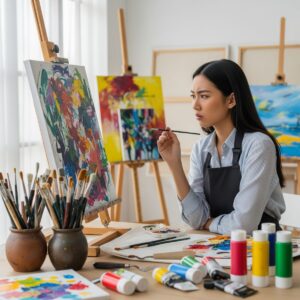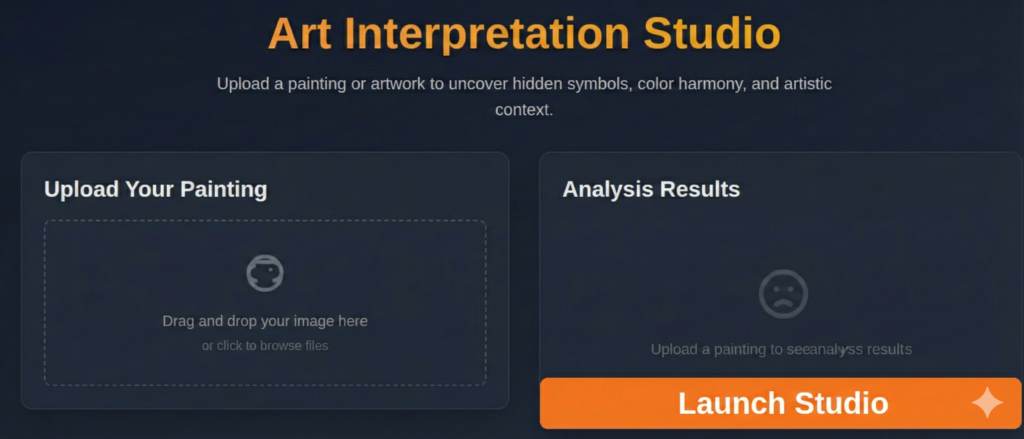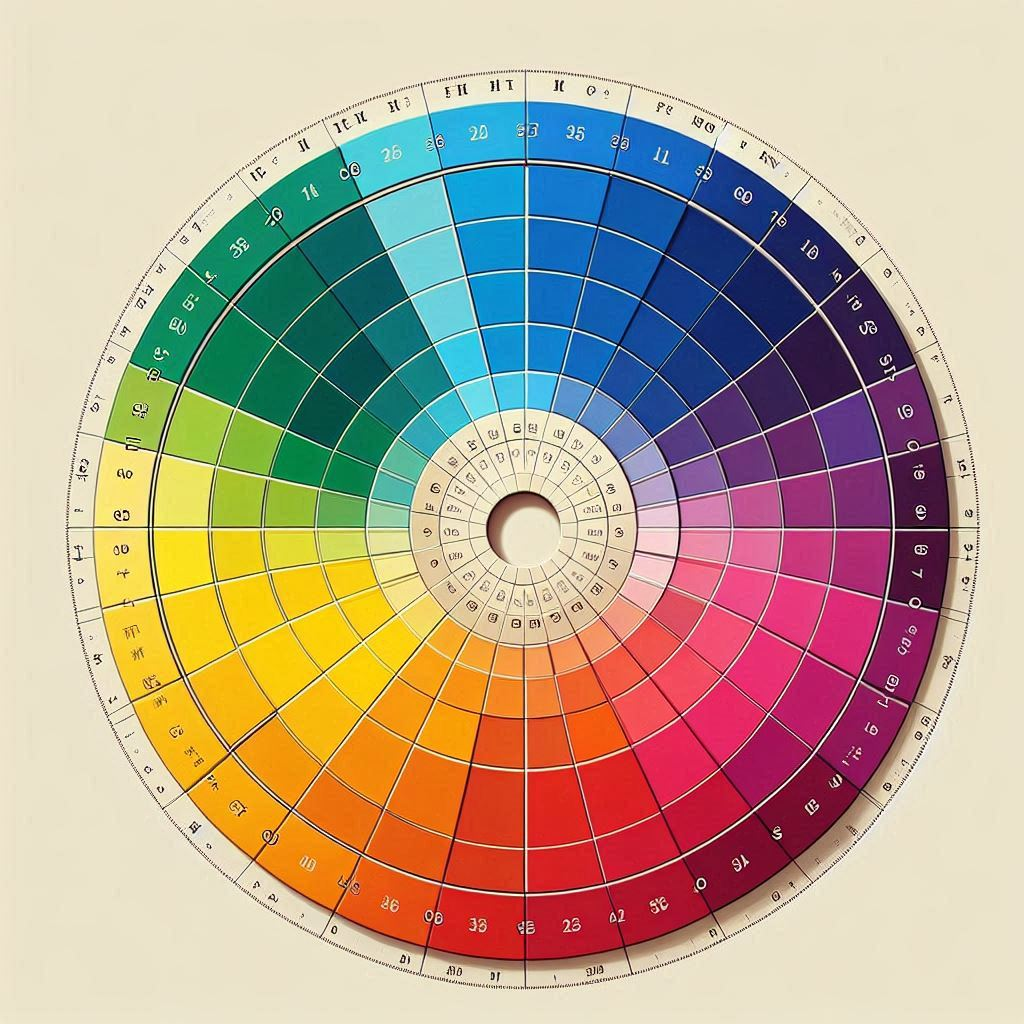As an artist, one of the most valuable skills you can develop is the ability to critique your own work. Self-critique is an essential part of the artistic process, allowing you to identify areas for improvement and refine your technique. In this comprehensive guide, we’ll explore the art of self-critique and provide you with practical strategies to elevate your painting skills.
Key Points: Critique Your Own Paintings
- Be Objective: The most important step in self-critique is to separate yourself from your work and view it with a fresh, objective eye. Pretend you are looking at the work of a stranger. This will help you to identify both strengths and weaknesses without emotional attachment.
- Analyze the Fundamentals: Break down your painting into its core components and evaluate each one individually. Key areas to consider include:
- Composition: How are the elements of your painting arranged? Does the composition lead the viewer’s eye through the work effectively? Is there a clear focal point?
- Color: How do the colors work together? Do they create the desired mood and harmony? Is there a good range of values (lights and darks)?
- Drawing and Proportions: Are the objects and figures in your painting accurately drawn and in proportion to one another?
- Brushwork and Texture: How does the application of paint contribute to the overall effect of the painting?
- Identify Areas for Improvement: Be honest with yourself about what isn’t working in the painting. Don’t be vague; try to pinpoint the specific issues. For example, instead of saying “the background is bad,” you might say “the colors in the background are muddy and distracting.” Once you have identified the problem areas, you can start to think about how to fix them.
- Acknowledge Your Strengths: It is just as important to recognize what you have done well in a painting. This will help you to stay motivated and build on your successes in future works.
- Get a Fresh Perspective: If you are having trouble seeing your own work objectively, try looking at it in a mirror, turning it upside down, or taking a photo of it. These tricks can help you to see the painting in a new way and notice things you may have missed before.
- Keep a Critique Journal: Make notes on your self-critiques so that you can track your progress over time. This will help you to identify recurring problems in your work and see how you have improved.
Read or Listen to our Podcast
You can read the article or listen to a discussion on this topic! Or download even for later.

The Importance of Self-Critique in Art
Before we dive into the specifics of how to critique your own paintings, let’s consider why this practice is so crucial for artists:
- Continuous Improvement: Regular self-critique helps you identify patterns in your work and areas where you can grow as an artist.
- Objectivity: Learning to view your work objectively enhances your ability to assess and improve your art.
- Confidence Building: As you become more adept at self-critique, you’ll gain confidence in your artistic decisions.
- Preparation for External Critique: Practicing self-critique prepares you for feedback from others, making you more receptive to constructive criticism.
Now that we understand the importance of self-critique, let’s explore how to effectively analyze your own paintings.
Steps for Conducting a Painting Critique
1. Create Distance
The first step in critiquing your own work is to create some distance between yourself and the painting. This can be achieved in several ways:
- Time: Set your painting aside for a few days or even weeks before critiquing it.
- Physical Distance: Stand back from your painting or view it from different angles.
- Digital Distance: Take a photo of your painting and view it on a screen.
This distance allows you to see your work with fresh eyes, making it easier to spot areas that need improvement.
2. Assess the Composition
When conducting an art critique, start by evaluating the overall composition of your painting:
- Balance: Is there a good balance of elements, or does one area dominate the painting?
- Focal Point: Is there a clear focal point that draws the viewer’s eye?
- Movement: How does the composition guide the viewer’s gaze through the painting?
- Negative Space: Is the use of negative space effective in enhancing the subject?
3. Analyze Color and Value
Color and value play crucial roles in the impact of your painting:
- Color Harmony: Do the colors work well together, or are there any jarring combinations?
- Value Range: Is there a full range of values from light to dark?
- Color Temperature: How effectively have you used warm and cool colors to create depth and mood?
4. Examine Technique and Execution
Take a close look at your brushwork and the technical aspects of your painting:
- Brushstrokes: Do your brushstrokes enhance the subject and create texture where appropriate?
- Edges: Have you varied edge quality to create interest and depth?
- Details: Are details used effectively to draw attention to important areas?
5. Consider the Emotional Impact
Art is not just about technical skill; it’s also about conveying emotion and meaning:
- Mood: What mood does your painting evoke? Is this the intended effect?
- Story: Does your painting tell a story or convey a message effectively?
- Viewer Engagement: How might viewers react to your painting? Does it invite contemplation or provoke thought?
6. Identify Strengths and Weaknesses
As you go through your painting critique, make note of both the strengths and weaknesses you observe:
- Strengths: What elements of the painting are particularly successful?
- Weaknesses: Which areas could use improvement?
- Patterns: Do you notice any recurring strengths or weaknesses across your body of work?
Tools and Techniques for Effective Self-Critique
To enhance your self-critique process, consider using these tools and techniques:
1. Checklist Method
Create a checklist of elements to assess in your painting critique, such as composition, color, technique, and emotional impact. This ensures you cover all important aspects of your work.
2. Comparison with References
Compare your painting to reference images or works by artists you admire. This can help you identify areas where you can improve your technique or approach.
3. Journaling
Keep an art journal where you record your thoughts and observations during the critique process. This can help you track your progress over time and identify recurring themes in your work.
4. Digital Manipulation
Use photo editing software to experiment with different color schemes, compositions, or value arrangements. This can help you visualize potential improvements to your painting.
5. Peer Critique Groups
While the focus here is on self-critique, participating in peer critique groups can provide valuable external perspectives and help you refine your own critiquing skills.
Turning Critique into Improvement
The ultimate goal of a painting critique is to improve your artistic skills. Here are some strategies for translating your critique into actionable steps:
- Set Specific Goals: Based on your critique, set clear, achievable goals for your next painting.
- Practice Exercises: Develop targeted exercises to address weaknesses identified in your critique.
- Study and Research: If you’ve identified areas where you lack knowledge or skill, seek out resources to learn and improve.
- Experiment: Don’t be afraid to try new techniques or approaches based on your critique findings.
- Repeat the Process: Make self-critique a regular part of your artistic practice, and track your progress over time.
Conclusion: Embracing the Journey of Artistic Growth
Learning how to critique your own paintings is a powerful tool for artistic growth. By developing a systematic approach to self-analysis, you can continually refine your skills and push the boundaries of your creativity.
Remember that art critique is not about harsh judgment, but about cultivating a deeper understanding of your work and identifying pathways for improvement. Embrace the process of self-critique as an integral part of your artistic journey, and watch as your paintings evolve and flourish.
As you continue to hone your self-critique skills, you’ll find that the insights you gain will not only improve your individual paintings but will also contribute to your overall development as an artist. So grab that paintbrush, create with passion, and then step back to critique with purpose – your artistic evolution awaits!
Use our Free Art Studio to Analyse your Painting

FAQs: How to Critique Your Own Paintings
Q: What is the most important thing to remember when critiquing my own art?
A: The most important thing is to be objective. Try to detach yourself emotionally from your work and view it as if it were made by a stranger. This will allow you to identify both strengths and weaknesses more clearly.
Q: What are the key elements I should look at when critiquing my painting?
A: You should analyze the fundamental components of your artwork, including:
- Composition: How the elements are arranged, and if there is a clear focal point.
- Color: How the colors work together to create mood and harmony, and if there is a good range of values (lights and darks).
- Drawing and Proportion: The accuracy of your drawing and the proportions of objects and figures.
- Brushwork and Texture: How your application of paint contributes to the overall effect.
Q: How can I get a fresh perspective on my own work?
A: If you’re struggling to see your work objectively, try a few tricks:
- Look at your painting in a mirror.
- Turn your painting upside down.
- Take a photograph of your artwork and view it on a screen.
Q: Should I only focus on the negative aspects of my painting?
A: No, it’s equally important to acknowledge what you’ve done well. Recognizing your strengths will help you stay motivated and build upon your successes in future paintings.
Q: How can I track my progress and improvement?
A: Keep a critique journal. Write down your thoughts and observations about each painting. This will help you to identify recurring challenges in your work and to see how your skills have developed over time.
Additional Resources
- “The Artist’s Way” by Julia Cameron, and it’s available on Amazon and other online bookstores.
- For online resources on painting critique and art critique, you may want to check out websites like:
- Artists Network: www.artistsnetwork.com
- Fine Art America: www.fineartamerica.com
- The Virtual Instructor: www.thevirtualinstructor.com
- For online tutorials and courses on painting, you may want to check out websites like:
- Skillshare: www.skillshare.com
- Craftsy: www.craftsy.com
- New Masters Academy: www.newmastersacademy.org



